
TURA, JULY 16: A cenotaph built in the memory of the brave Garo soldiers stands tall in the heart of Tura town in Meghalaya’s West Garo Hills. It reminds of the heroic deeds of the Garos, who were engaged in the World War – I in France.
Walking down the lanes of history, the 95th Garo Labour Corps day was observed on Wednesday. A gun salute followed with the laying of wreaths at the Cenotaph set the balling rolling for a 2-hour long celebration.
It was drizzling but people patiently heard different speakers who reminded about the recruitment process and the kind of works the then Garos had to do.
In 1917 during the reign of the British in India, the Garos were recruited to work as labourers, they were recruited from different places like Tura, Baghmara and Nishangram. These labourers made roads and removed goods during the war.
Around 1,000 men were recruited in the 69th Garo Labour Corps. However, only 500 were declared fit, of which 456 could reach France. In October 1917, they were stationed at Puisieux in France, and a week later they were engaged on salvage work at Bucquoy.
In November, they were moved to La Chapellette and the following day to Brussle.
Historians and noted academician, Milton Sangma, who has written a book on Garo Labour Corps said, “The soldiers displayed their courage and bravery during the World War – I and got international recognition. The recruits won acclaim of the Allied commanders in France”.
On May 25, 1918, they were sent to Marseilles for repatriation to India. They reached Tura on July 16, 1918 amid wild jubilation and an ecstatic welcome from family and friends.
During the voyage many of them died of sea-sickness. Of the 456 who reached France, 120 returned to Tura. However, records available say
that only 58 of them died.
The Garo labourers were part of the war for almost two years. Their main work was to load and unload logs of wood and wooden planks and dig trenches and build barricades.
Addressing the gathering, chief executive member, Garo Hills Autonomous District Council, Purno K. Sangma said, “It is a day for introspection as our forefathers though uneducated, but displayed loyalty and sense of sacrifice for their country. We expect the same from the youths of today”.
Sangma suggested that an elaborate arrangement should be planned and a committee constituted with different line departments for the commemoration of its 100 years. “The event should be celebrated in a grand manner, so that younger generation would be enlightened to look at the memory lane”, he added.
Tura Municipal Board is instrumental for the celebration. Chief executive officer, Z J Sangma stressed on the need to be prepared to serve the motherland and said that the member of the Garo Labour Corps had done a great service to the motherland by aiding the then British government thereby leaving a rich legacy.
A total of 74,123 persons recruited by the Indian Corps fell during World War I and 91,464 during World War II. The commonwealth war grave commission has lists of all Indians, who died during the war.
Most from North East India were enlisted in the Indian Labour Corps. In WW- I and II they were mainly in the Assam Civil Porter Corps, Assam Regiment, Khasia Porter Corps, Garo Porter Corps, Bengal Civil Pioneer Force, Assam Rifles, Indian Civil Labour Corps, and Indian Civil Porter Corps, Indian Army Ordnance Corps and Indian Army Medical Corps.- From Our Correspondent




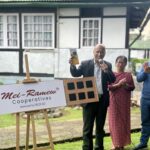

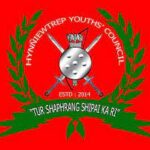



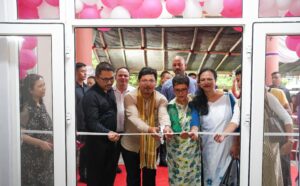
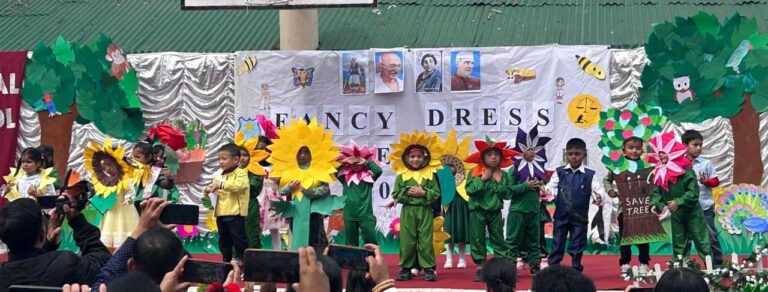
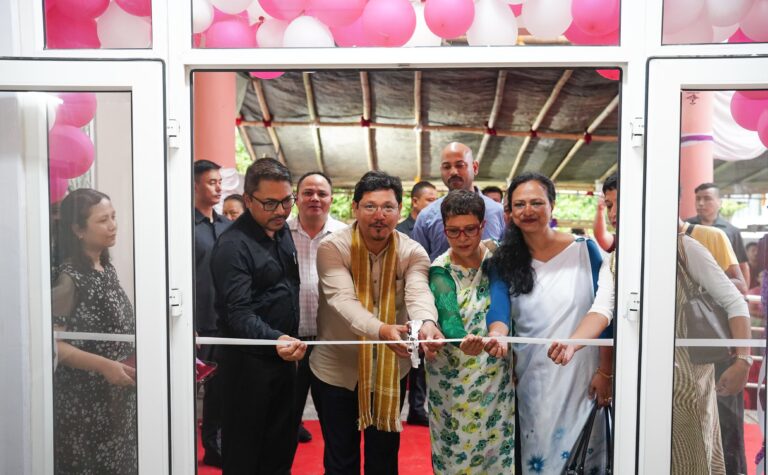

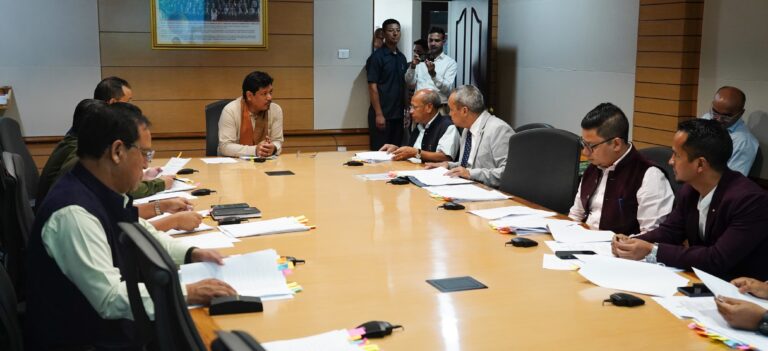
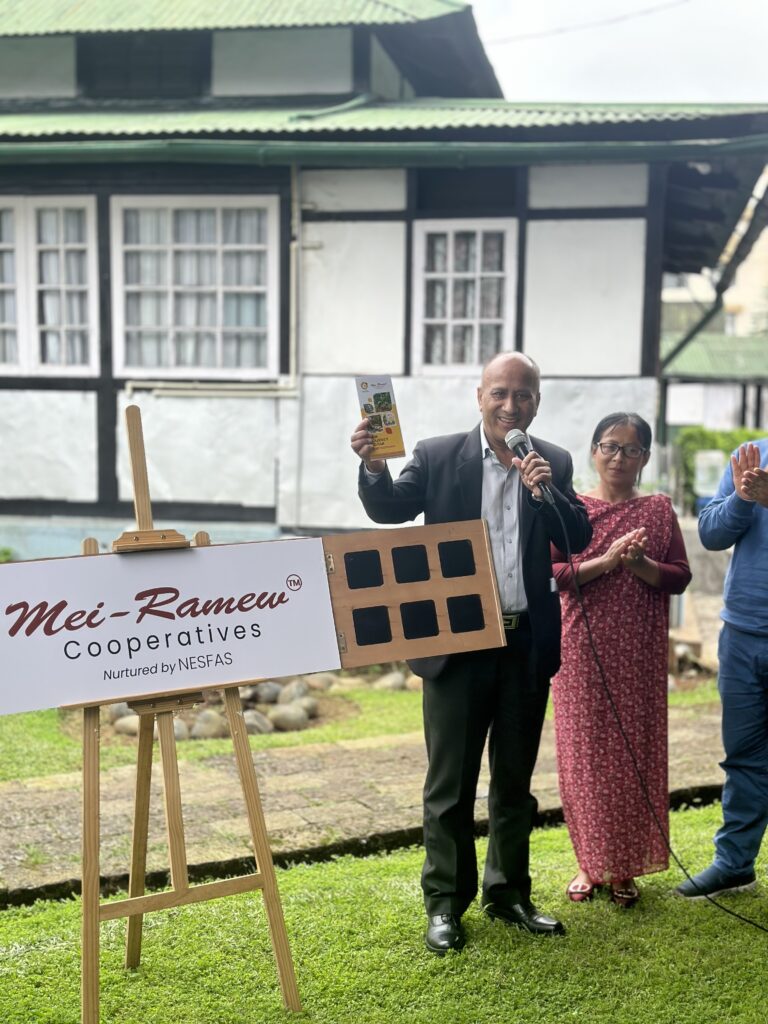
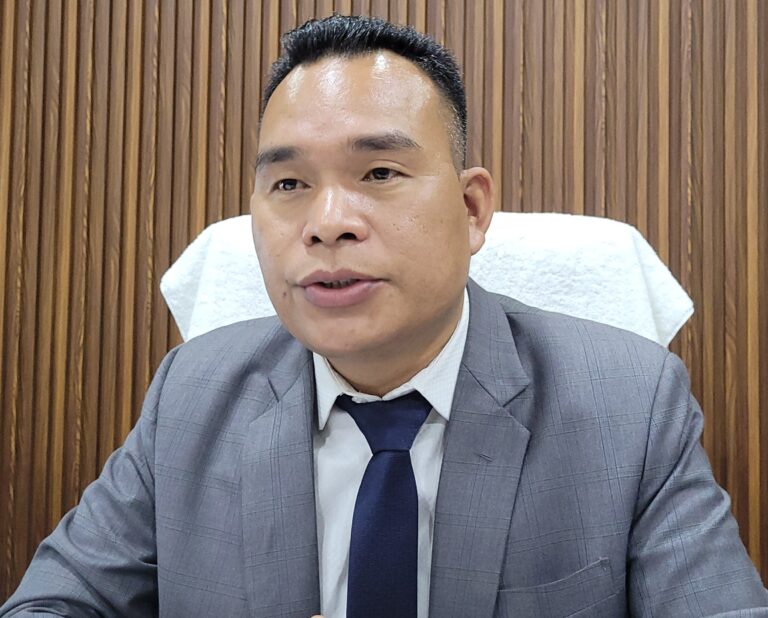
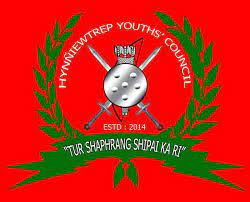

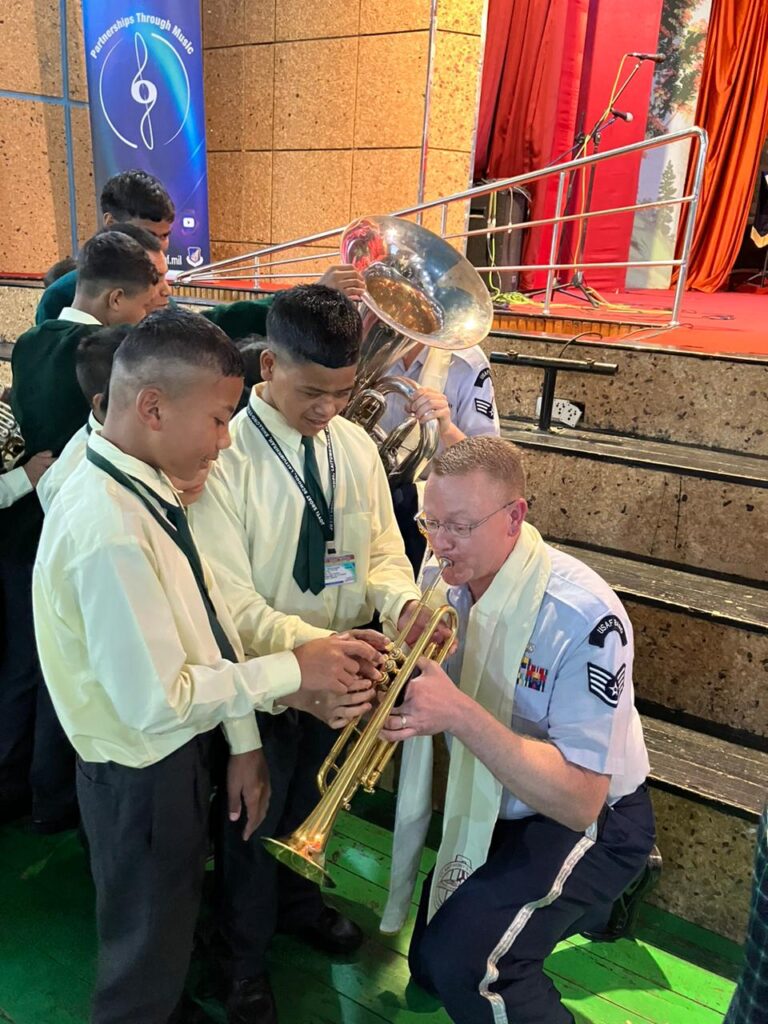
+ There are no comments
Add yours